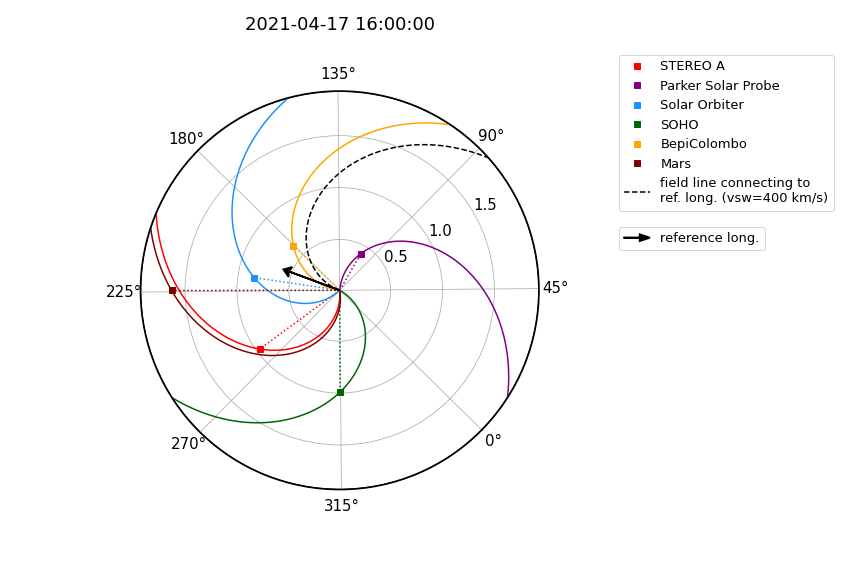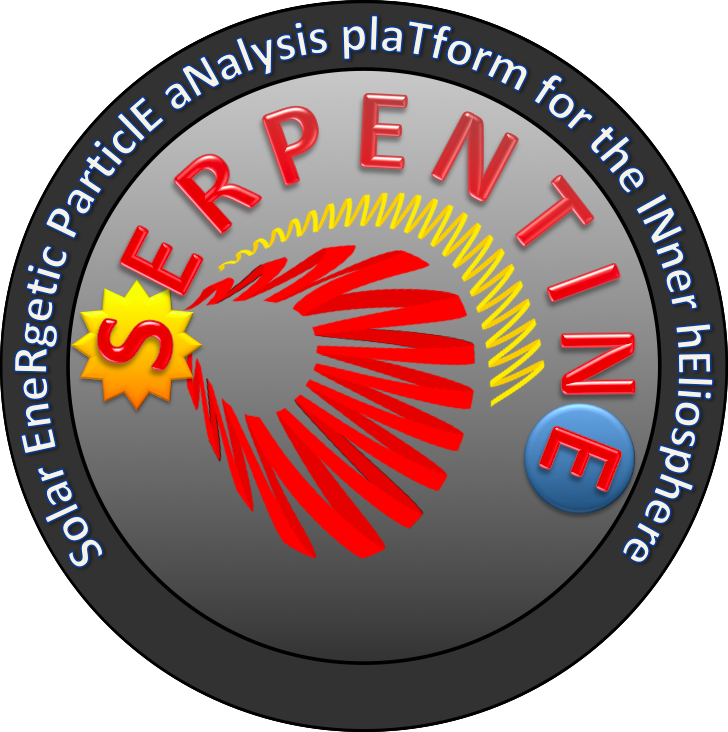The Sun has been very quiet during the first months of 2021. The scientific activity in the SERPENTINE project has concentrated on analysing the first widespread solar energetic particle (SEP) event of the solar cycle 25, which commenced on November 29, 2020. We joined efforts with the broader science community and analysed this event in detail as a community effort, utilising observations from Solar Orbiter, Parker Solar Probe, STEREO-A and several spacecraft in near-Earth space. A manuscript on this analysis was submitted for publication in the end of March with nice results demonstrating the great value of the new inner heliospheric fleet of space probes in the analysis of SEP events.
After almost five months of quiet conditions, the Sun finally produced a widespread SEP event associated with an X-ray flare and a fast coronal mass ejection (CME) on April 17, 2021. The X-ray flare commenced at about 16:25 UT at Earth. Sometimes one is very lucky! We had just switched on our SIXS instrument aboard ESA’s BepiColombo mission for a few day check-up in the start of that day. Around 16:30 UT, SIXS measured the first relativistic electrons that had been accelerated in the eruption. Energetic protons arrived somewhat later, at about 17:00 UT to BepiColombo. SIXS was switched off during the November 29, 2020, event, so the April 17, 2021, event is the first large SEP event observed by SIXS and it shows that the instrument is operating as expected. We will also be able to cross-calibrate SIXS with the BepiColombo Radiation Monitor BERM, which will extend the science capabilities of BepiColombo on its 7-year cruise to Mercury
The event on April 17, 2021, is actually really well observed by the inner heliospheric fleet. The figure below shows the spacecraft locations in the interplanetary space at or near the ecliptic plane, and the black arrow shows the approximate initial central direction of the eruption at the Sun. The green marker (SOHO) indicates Earth’s location.

As can be seen, the various probes that can observe the event are distributed over a broad range of locations. The spiral lines connecting the space probes to the Sun are approximate field lines of the interplanetary magnetic field that guides the motion of energetic particles in space. BepiColombo is the magnetically best-connected probe and Solar Orbiter has the best connection radially, which means that it is in an excellent position to observe the passage of the centre of the eruption in-situ. The SEP event is clearly observed even at the SOHO spacecraft, although it is separated by very large angle from the eruption centre. This aspect of the event is very similar to the event of November 2020.
The two events that have started the hopefully long list of widespread SEP events of solar cycle 25 have already proved the value of the inner heliospheric fleet of space probes that observe the Sun, the solar wind and the energetic particles accelerated in solar eruptions. The SERPENTINE project will have a treasure trove of observations to analyse!
